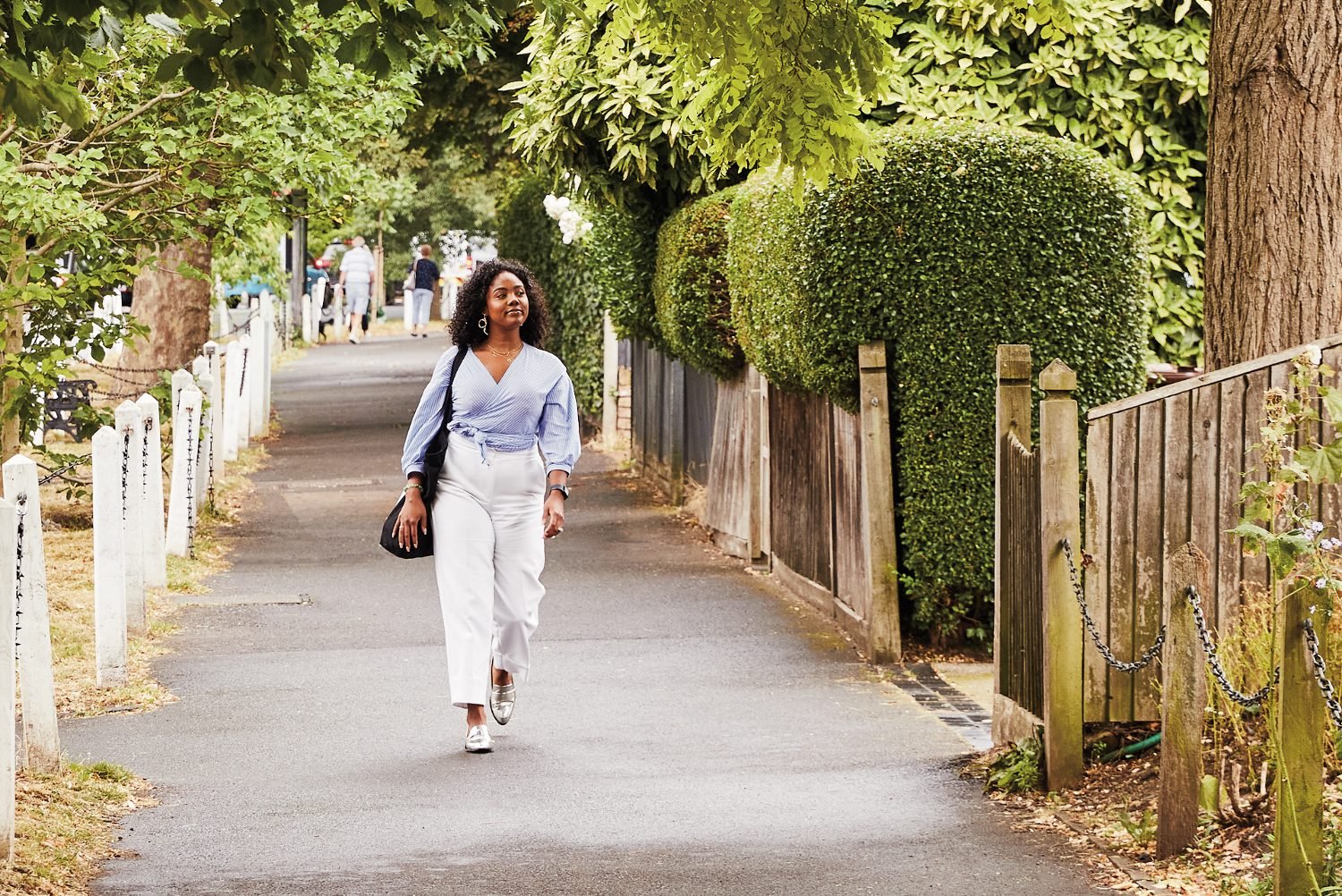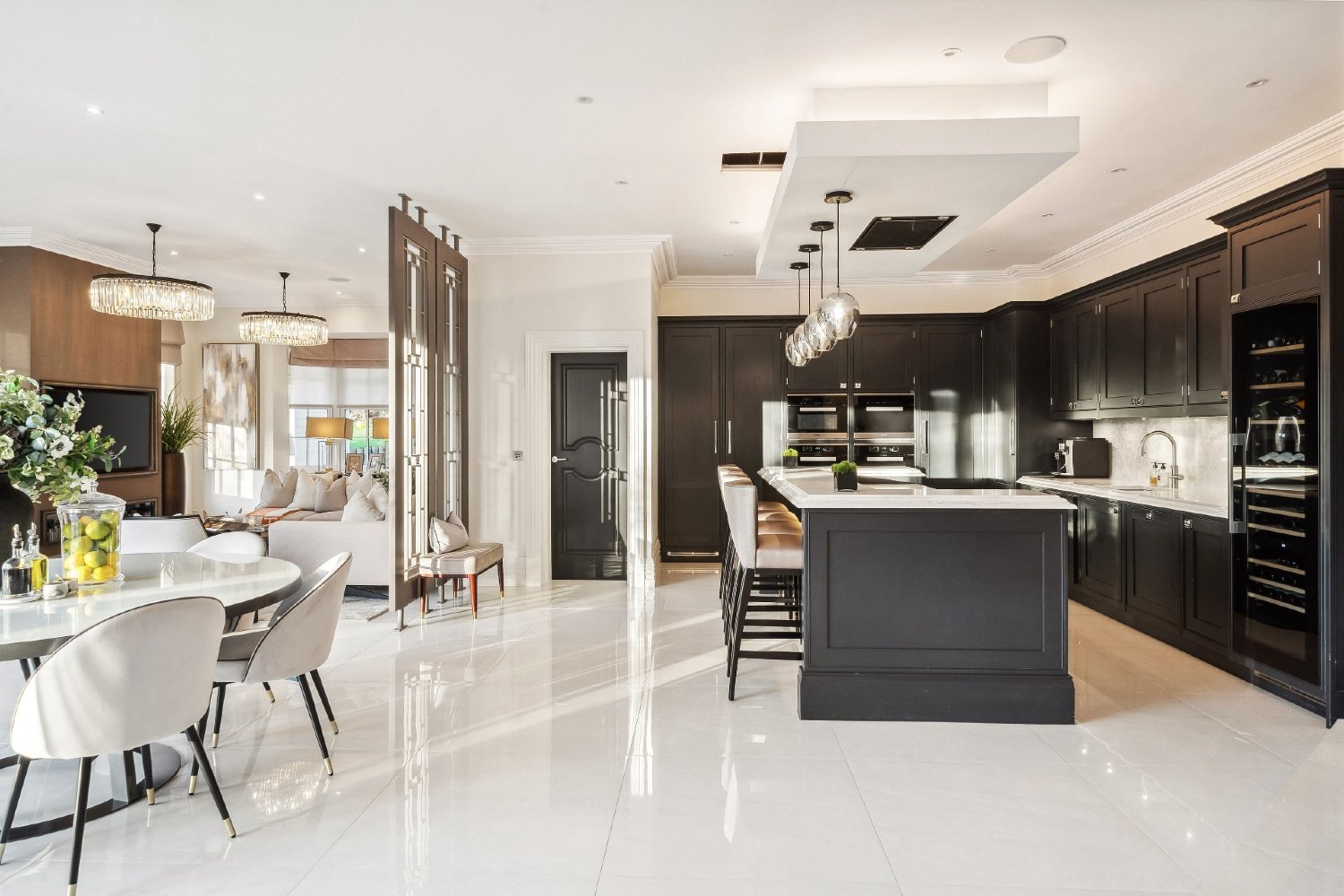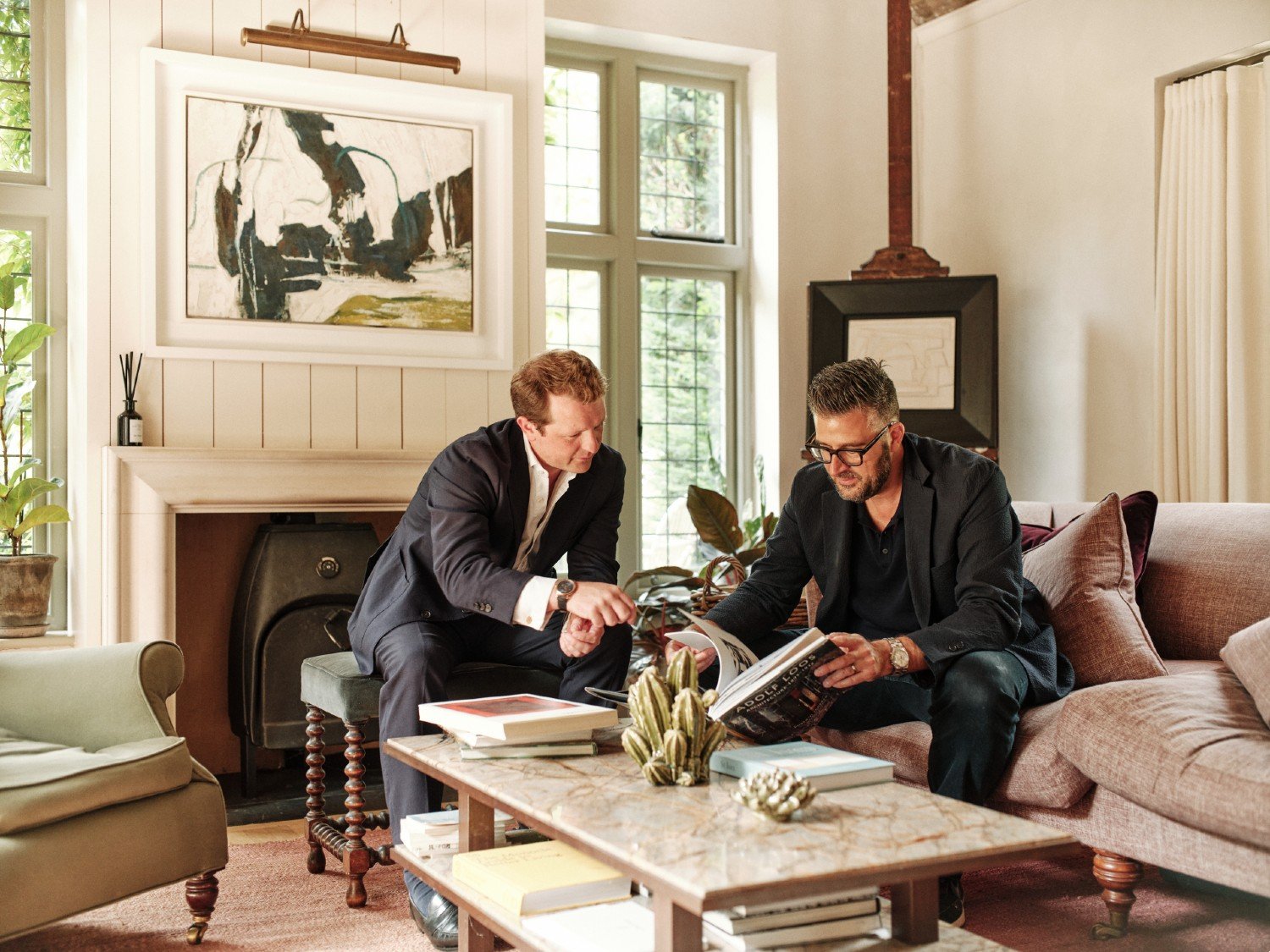The Little Greene paint story
As one of the UK’s foremost paint manufacturers, Little Greene owes its success both to an appreciation of the past and an eye to the future. We explore how these artisanal paints made in north Wales have garnered their global reputation

British paint manufacturers
When it comes to interior renovation, making the right colour choices is notoriously difficult. It’s no wonder, then, that people turn to historic hues for guidance. Little Greene is one of a handful of British manufacturers that’s become known for cleverly reinventing colours popular in the past to suit the contemporary home. Although it draws on 300 years of decorative history, the brand itself is relatively young. Founded in 2001 by David Mottershead, a chemist by trade with a coatings business, Little Greene’s story began with the purchase of a paint factory in north Wales and a pivot to the interiors market.
Now in its second generation, the Manchester-based company has nine showrooms and sells through thousands of shops in the UK and America, as well as online. As a family business manufacturing only in the UK, it keeps its success close at hand. Daughter Ruth Mottershead and son Ben joined the business in 2010, when it became clear Little Greene had something special worth uprooting themselves for. Ruth, originally a landscape architect, is the brand’s creative director. Ben, a former police detective, now turns his exacting eye to business operations. “With my creative background and Ben being very much about manufacturing and science, we work well as a team,” Ruth says.
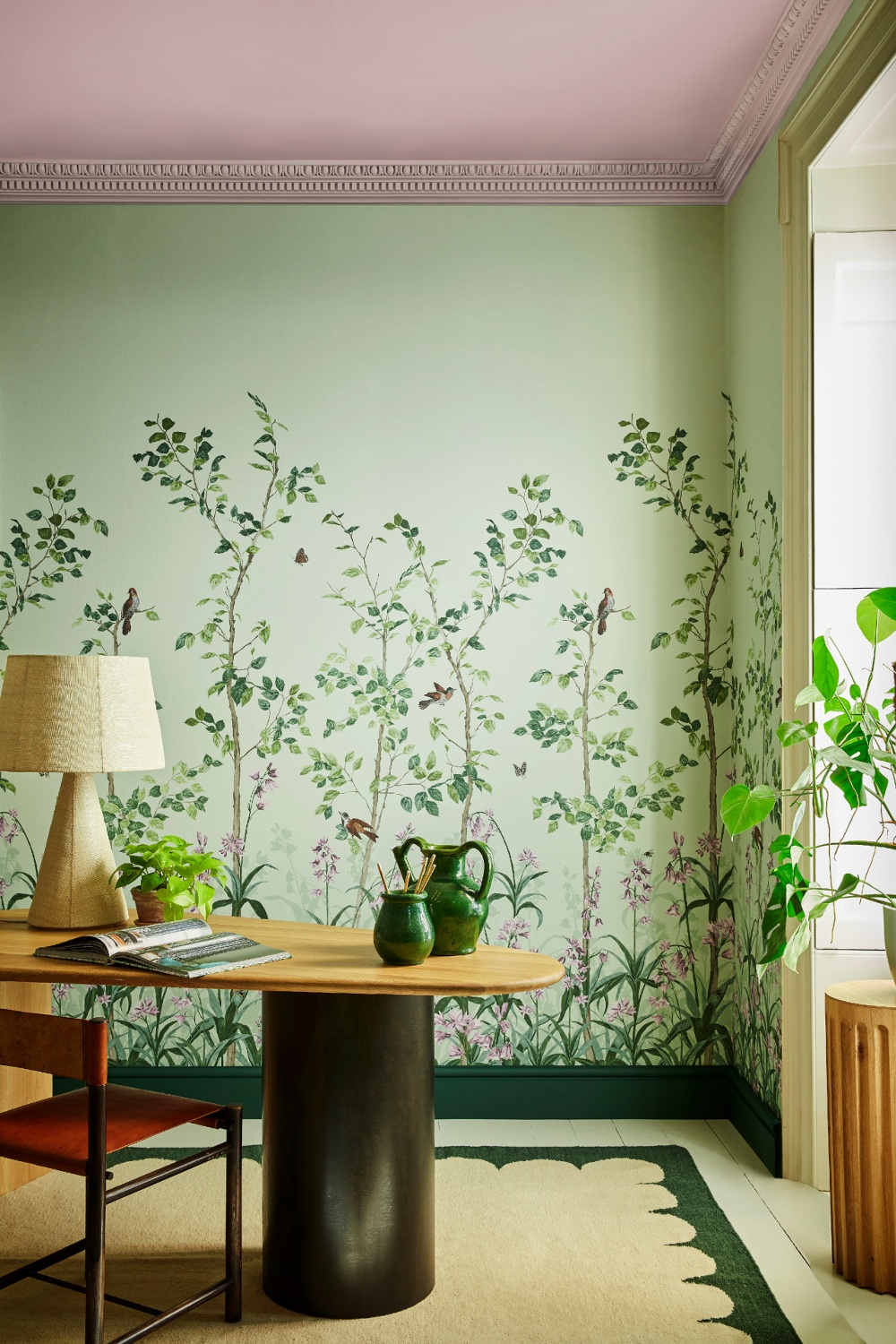

Paint colour trends
The company’s offering is strongly associated with history, drawing on a partnership with the National Trust to access its archive of paint colours and wallpapers. “We work closely with the National Trust to visit its collection of historic homes to do colour analysis,” she says. “The old colours are some of the most popular and some of the brightest too, which you wouldn’t necessarily think.” Calm and neutral French Grey, which dates back to the Victorian era, is one of the brand’s bestsellers. The palette of 200 colours is also shaped by all manner of cultural influences floating around in the zeitgeist – from what’s been on the catwalks to landmark fine art exhibitions. The Covid pandemic led to greens being in vogue as people longed for the outdoors, for example, and also an increased demand for warmer, comforting tones. “Part of this is intuitive, too,” Ruth says. “Working with colour every day you start to understand what’s coming next.”


Quality raw materials
Little Greene’s name comes from an 18th-century dye works that was close to the company’s Manchester base. While the science of producing colour has moved on since then, the art remains mostly the same. Ruth says the company uses “no substitutes, only really great quality raw materials”. They use a higher percentage of titanium dioxide, for example, to give the paint superior opacity and the need for fewer coats, while each colour’s complex pigment profile is another point of difference compared to lower quality paint. “In French Grey, for example, you might find seven different pigments: blue, red, a little bit of green and amber in there as well,” Ruth explains. “Another paint might look like a close match but have only one or two pigments. It’s never going to react with the daylight in the room the same way.”
Ten types of base paint are made in the Welsh factory, while the tinting and finishing is done to order in Manchester. “Depending on the colour, you need a specific base,” explains Ruth. “You can’t tint a dark colour like black into a high-white base, because it would turn out grey.” This approach reduces the need for the business to keep lots of different paint in stock.
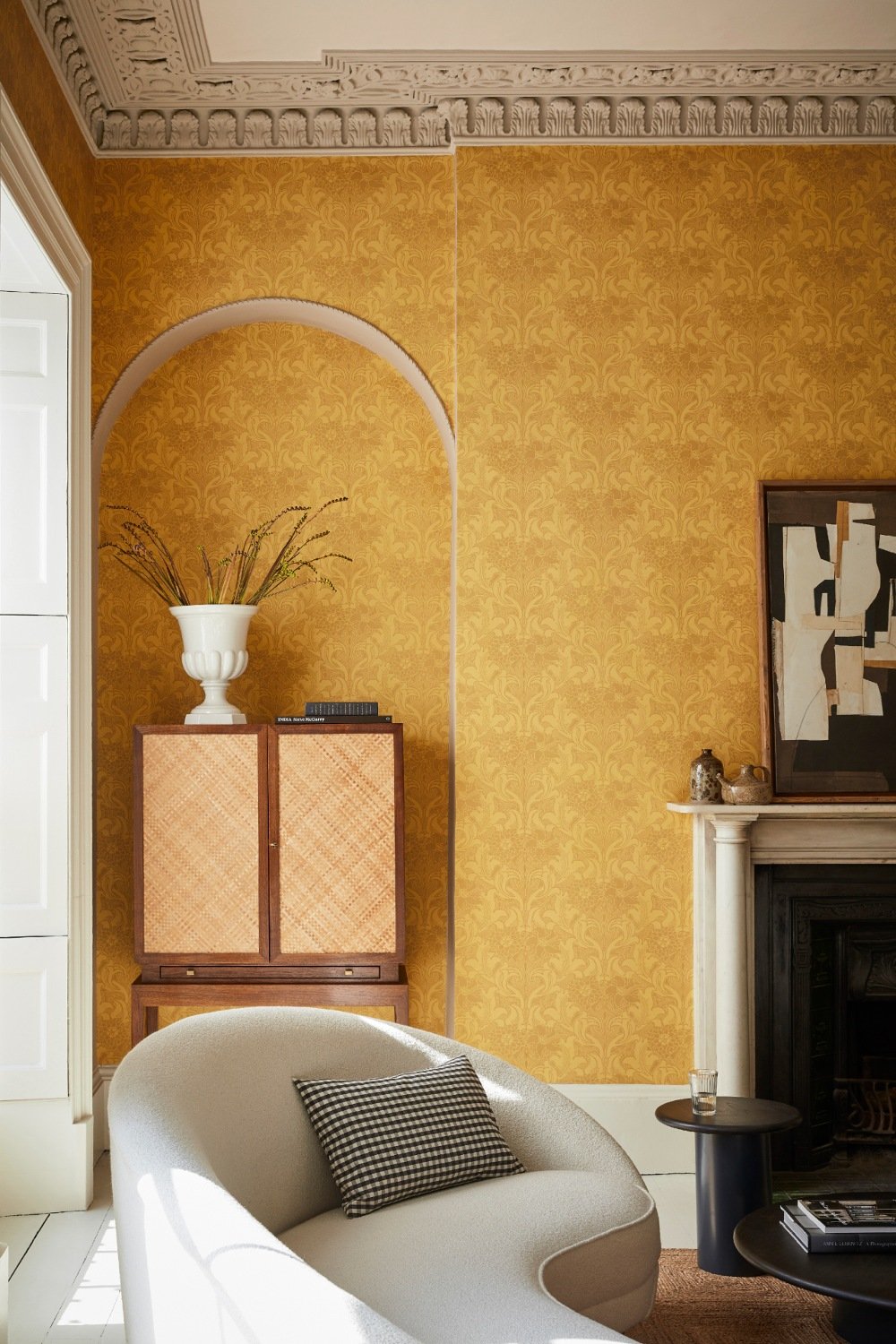
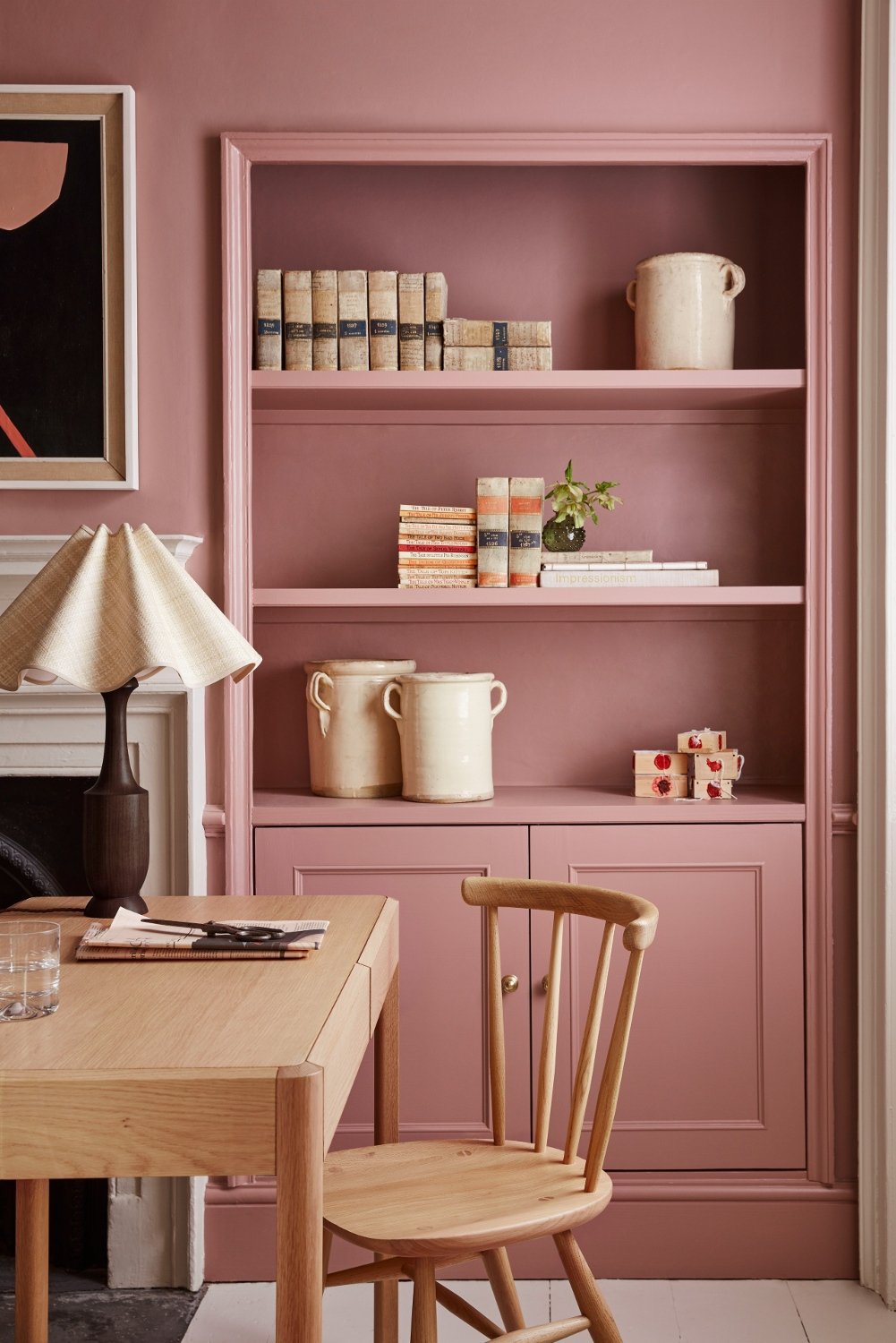
Innovating and upcycling paint production
Another way the company has been working to reduce waste is through its Re:Mix innovation, an ‘upcycled’ paint made from return orders. “It’s prevented 60,000 litres of paint from going to waste every year,” she says. “We barely have any waste paint now. It’s a huge industry problem that we’ve taken the step to solve within our own company.” The range is created by grouping similar shades, mixing and tinting them to make a new collection of 20 colours.
The company is also particularly proud of its Intelligent paint formula, introduced to cater to the desire for water- rather than oil-based products. “We’ve tried to make the Intelligent paints as good as the oil-based paint: protecting from mould and making sure that it doesn’t fall or flake.” Self-priming products that work on multiple surfaces are another development that’s been welcomed for saving customers’ time.
Next on the agenda for Little Greene? “We are experimenting with making the paints more scuff-resistant and durable. We’ve got a team of scientists working on that,” Ruth says. While this commitment to improving the product is impressive, it’s also vital for Little Greene not to lose sight of what has made it top of the shelf. “Innovation is critical to us, because at the price point that we’re selling at, it is expected that we have a great quality product.”
Explore Little Greene’s paints at littlegreene.com
Three principled paint-makers to know
Coat
Started by a pair of friends, this Surrey-based B Corp was founded in a bid to make choosing paint colours easier. Its range is made to order and divided into schemes depending on which direction the room faces – it recommends warm undertones for cool north light and rich undertones for strong southerly light. Claypaint, its odour-free, matte finish product, is made with natural minerals and suited to surfaces that need to ‘breathe’.
Visit coatpaints.com
Paint & Paper Library
With a selection of 180 colours, this London-based manufacturer has become a go-to for interior designers and architects. Each colour comes in a range of tones, meaning choices can be tailored to a room’s particular quality of light. Its Slate range is sought after by interior designers looking for the perfect ‘off-white’, while the more saturated jewel-like colours of Mockingbird and Pollen are chosen to give interior schemes a sumptuous feel.
Visit paintandpaperlibrary.com
Mylands
Established in 1884, Mylands is the grandfather of the British paint scene, now in its sixth generation and still manufacturing in south London. For most of its history Mylands was a trade supplier for TV, film and theatre, until its commercially available Colours of London range was released in 2012. Natural earth pigments give this paint a deep hue.
Visit mylands.com
